Let's journey back to the early 2000s, a time when the internet was still a digital Wild West. There was an eerie, unsettling corner of the web that many stumbled upon by accident, leaving an indelible mark on those who dared to explore it. This isn't about creepypasta or a fictional ghost story; it's about a real internet horror that crept into the minds of users and left a legacy that still lingers in the darkest shadows of online culture. This is the story of "The Dionaea House" and its chilling influence.
The Origin of "The Dionaea House"
In October 2004, a screenwriter named Eric Heisserer posted a blog entry about a disturbing event involving an old friend. This wasn't just any blog post—it was the beginning of a fictional, yet deeply immersive and terrifying narrative that would blur the lines between reality and fiction for many readers.
The blog detailed Heisserer’s supposed real-life experience after receiving an email from an old friend, Mark, who mentioned a strange and unsettling house. Mark's emails became increasingly erratic and distressed, describing a mysterious force in the house that made people act out of character, eventually leading to their disappearance. Mark himself vanished, leaving only his emails and a link to a peculiar house listing.
What set "The Dionaea House" apart was its format. It wasn’t just a linear story posted on a single website. Heisserer created a network of blogs and emails, making it seem like readers were piecing together the mystery themselves. The story unfolded across different websites, each contributing a piece of the puzzle. There was no clear beginning or end—just a trail of breadcrumbs leading deeper into the labyrinth.
The House as a Metaphor
The name "Dionaea" is derived from Dionaea muscipula, the scientific name for the Venus flytrap, a carnivorous plant that lures its prey with a sweet-smelling trap. This metaphor perfectly encapsulates the nature of the house in the story—a place that draws people in with a strange, unexplainable allure, only to consume them in ways that defy logic.
The house itself became a symbol of internet horror, a representation of the unknown and unknowable forces that can lurk just beneath the surface of our everyday lives. It tapped into the fear of the familiar becoming unfamiliar, the safe spaces turning hostile—a theme that resonates deeply with the human psyche.
The Influence and Legacy
"The Dionaea House" had a profound impact on the emerging genre of internet horror, laying the groundwork for what would later become known as ARGs (Alternate Reality Games) and other viral horror phenomena like "Marble Hornets" (which helped popularize the Slender Man mythos) and "The SCP Foundation." These projects, like "The Dionaea House," utilized the internet’s capacity for creating immersive, participatory experiences that draw the audience into the narrative in a way traditional media couldn’t.
Eric Heisserer’s creation blurred the lines between fiction and reality in a way that was new at the time. It wasn't just a story you read—it was a story you experienced. The narrative’s spread across multiple platforms made it feel alive, as if the events were genuinely unfolding in real time, somewhere out there on the internet.
This approach influenced countless other creators in the years that followed, leading to a wave of internet horror that relied not just on scary stories, but on the feeling that you might be stumbling onto something you were never meant to see. It was this sense of discovery and participation that made "The Dionaea House" so effective and memorable.
The Aftermath
While "The Dionaea House" is less known today, its influence is undeniable. Eric Heisserer went on to become a successful screenwriter, with credits including "Arrival" (2016) and Netflix’s "Bird Box" (2018), both of which carry echoes of the existential dread and creeping horror that defined his early work.
The house itself, though fictional, remains a chilling reminder of how the internet can take on a life of its own. The story lingers in the back of the minds of those who experienced it, a digital ghost that haunts the early days of online horror. It’s a testament to how a well-crafted narrative can transcend its medium, leaving a mark long after the original story has faded into obscurity.
As the internet continues to evolve, the legacy of "The Dionaea House" lives on, influencing new generations of horror creators who seek to capture that same unsettling feeling—that somewhere, out there, lies a dark corner of the web where reality and nightmare collide.

